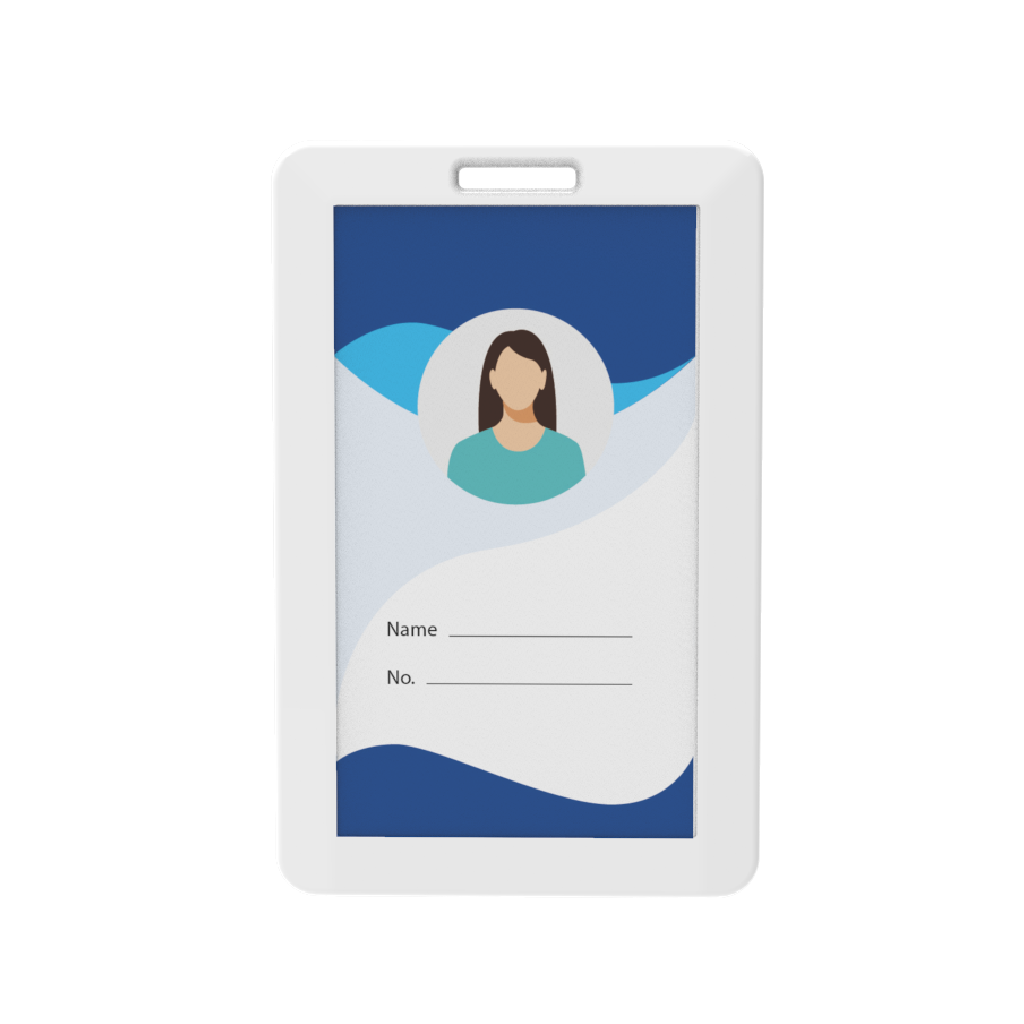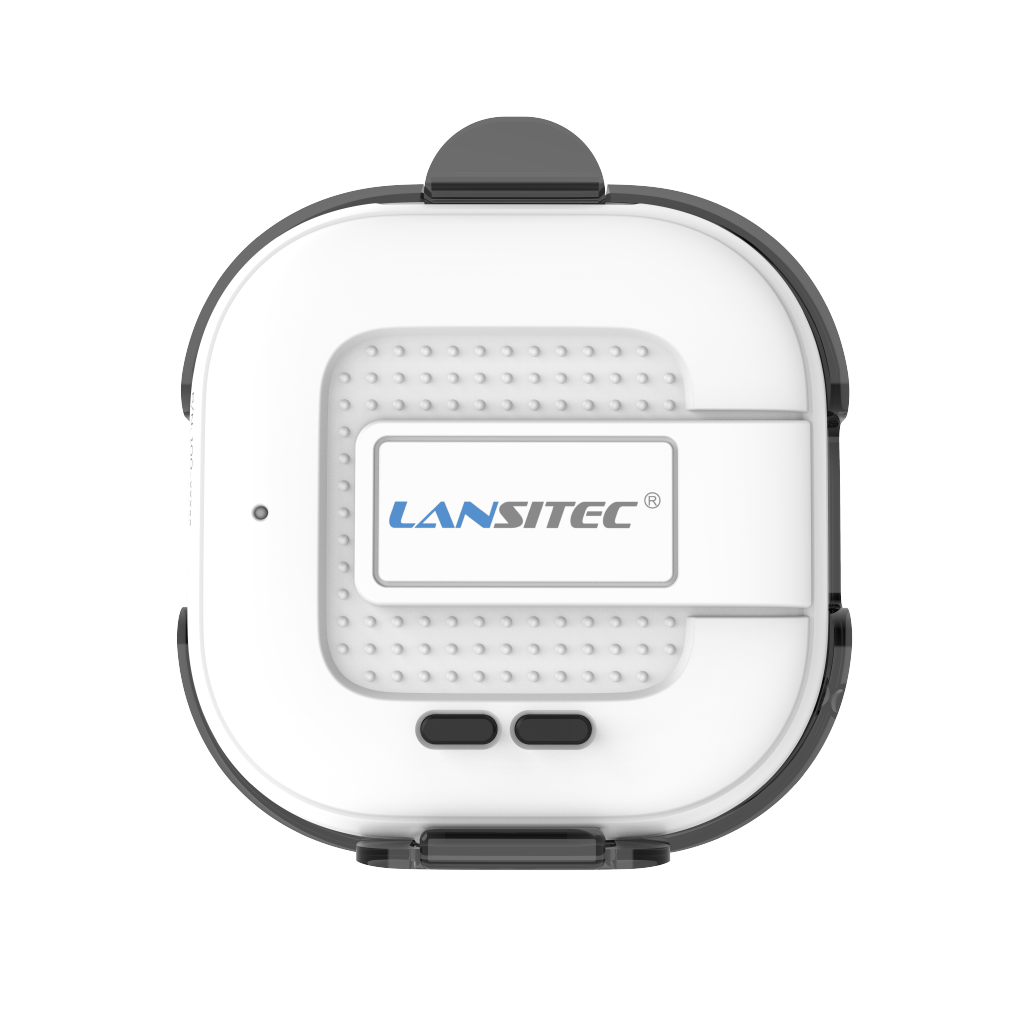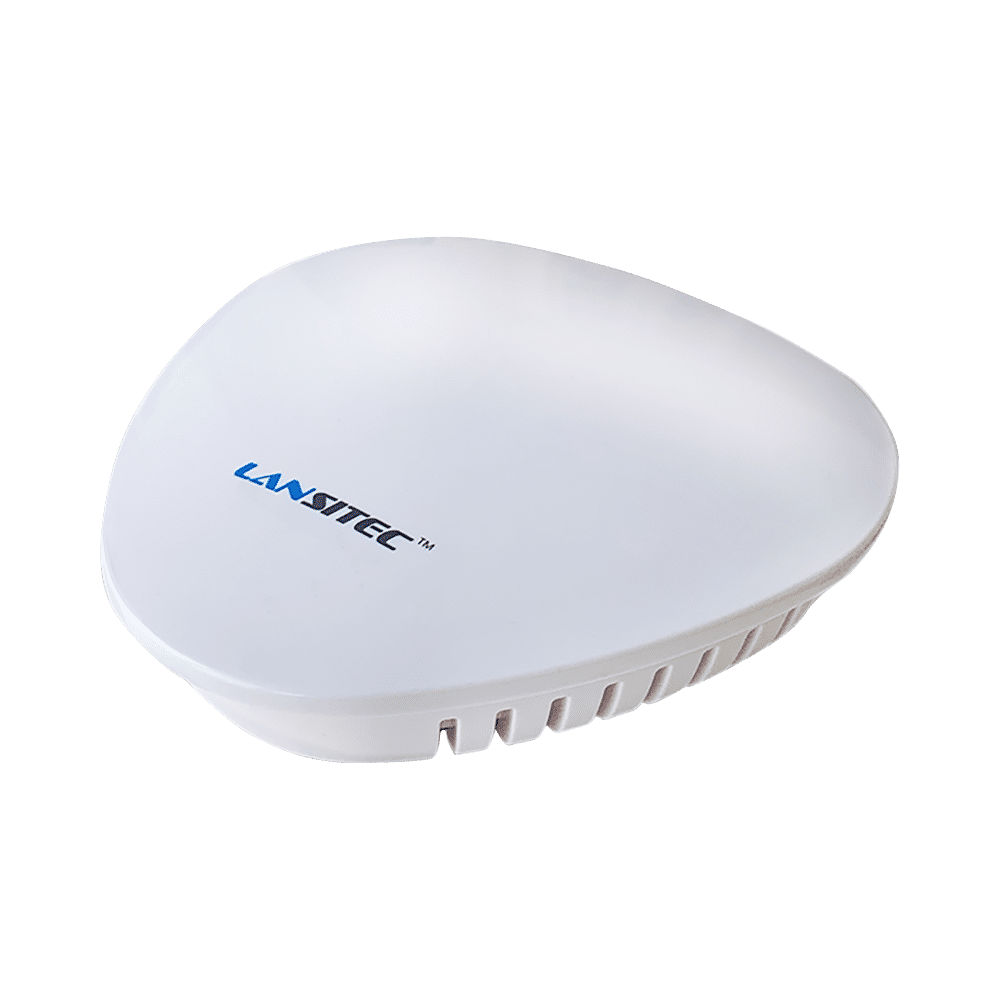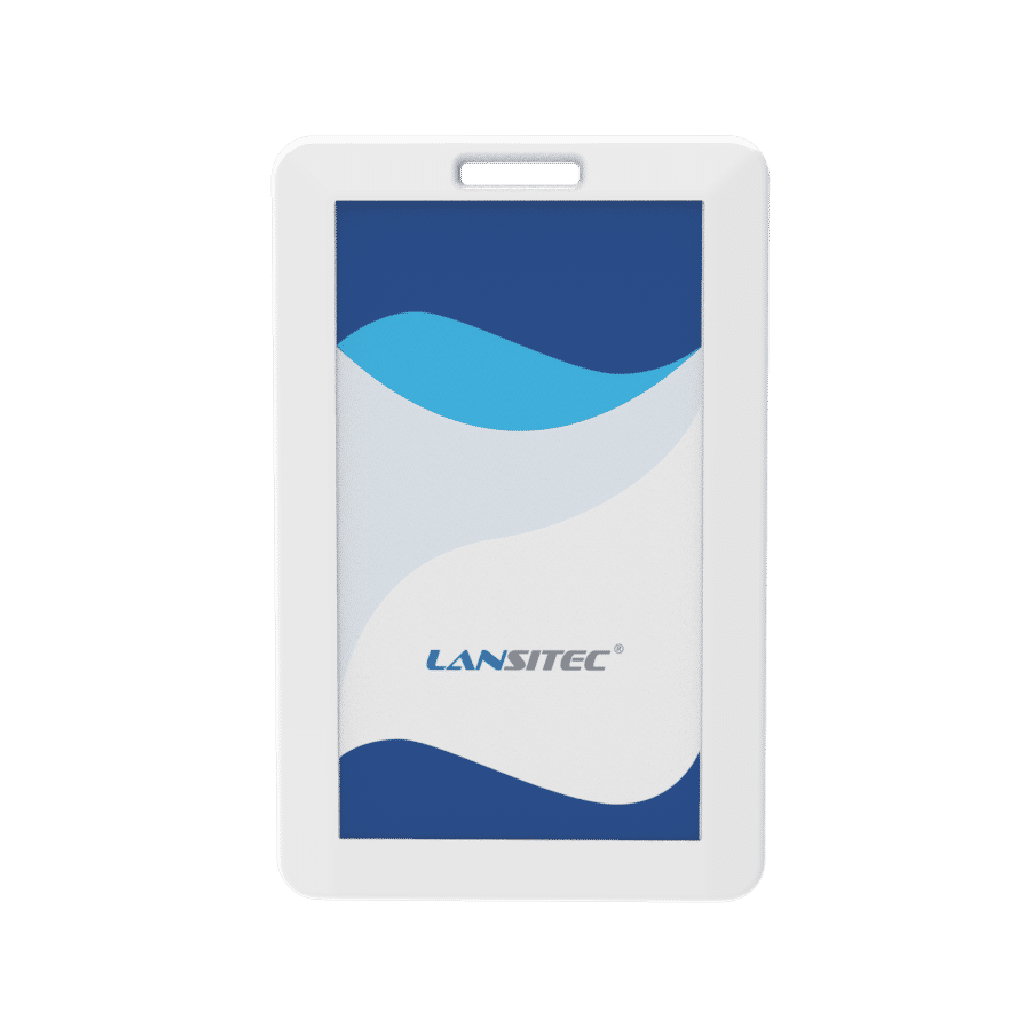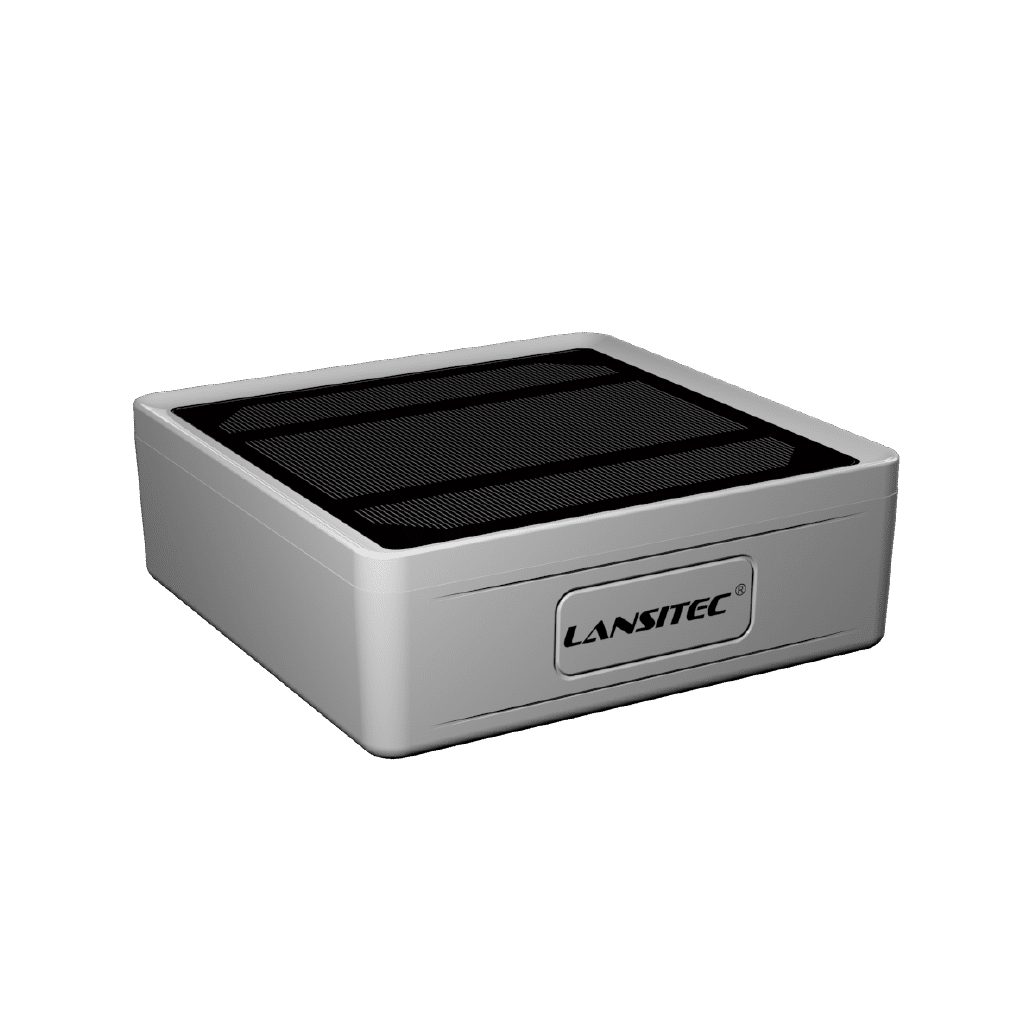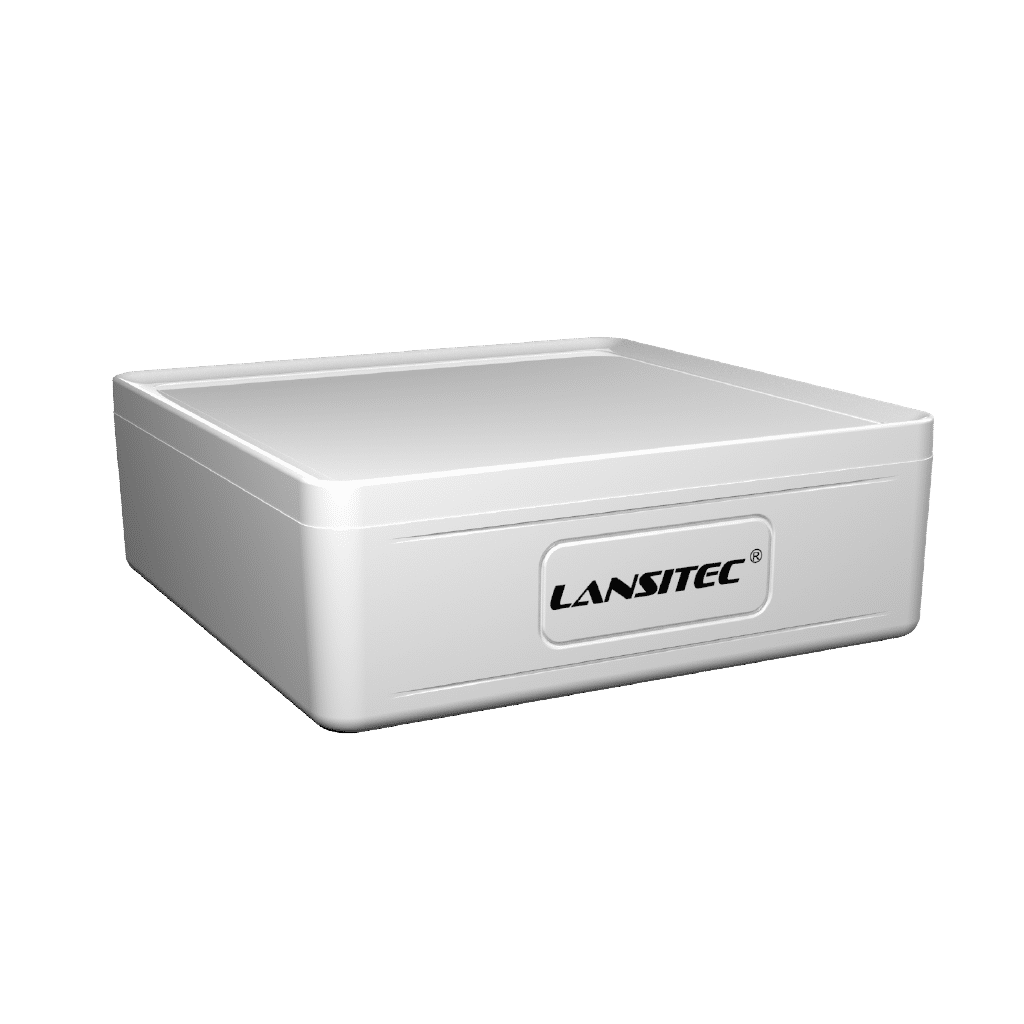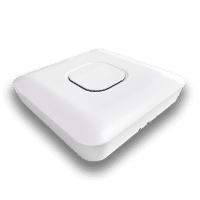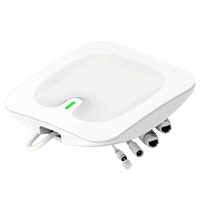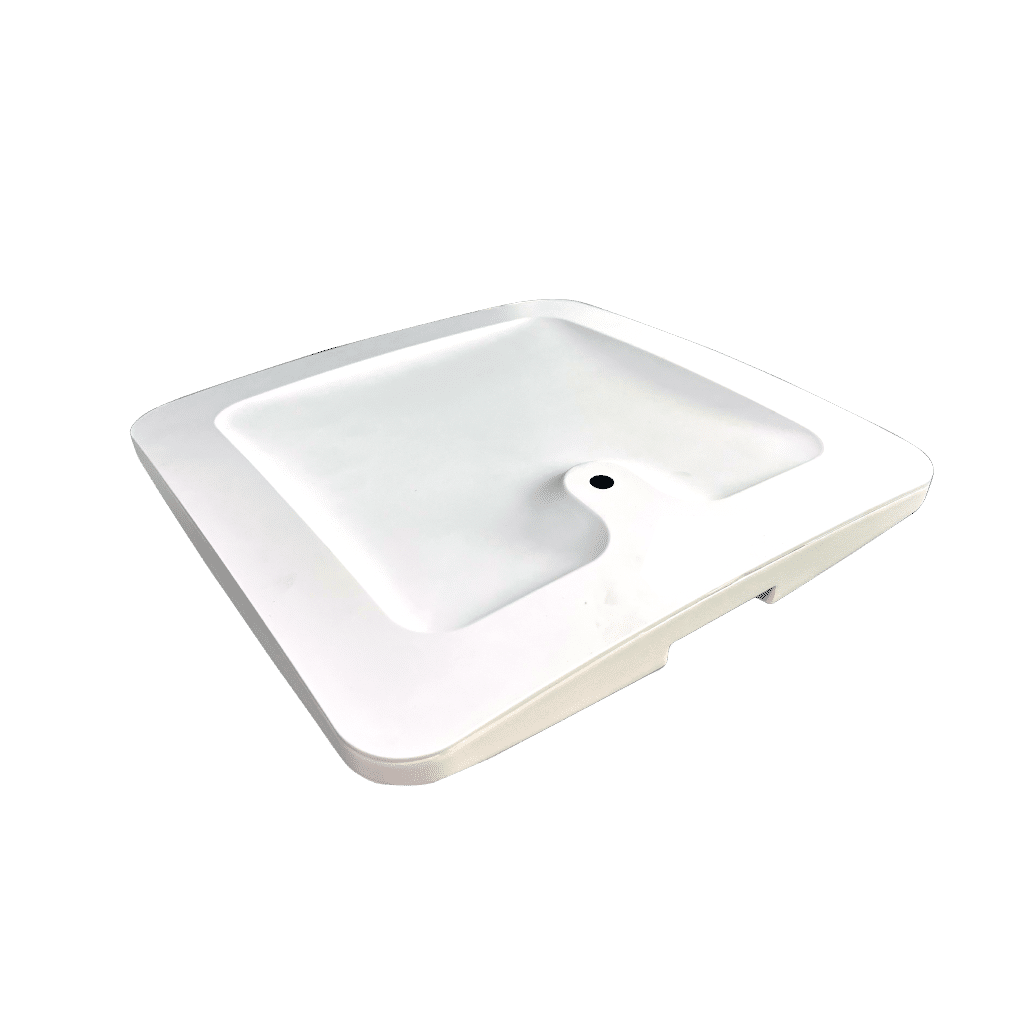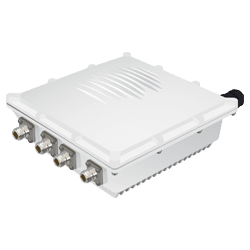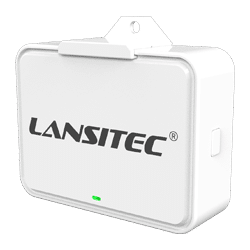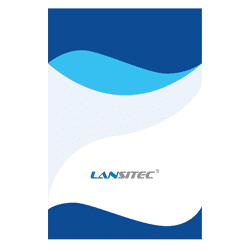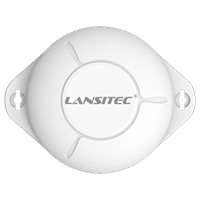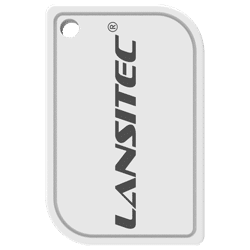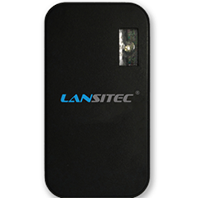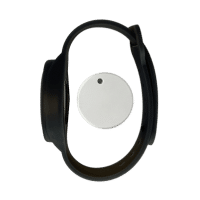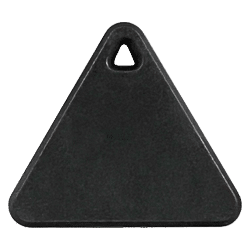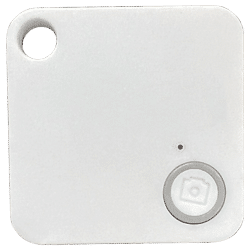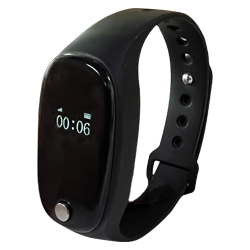Home » Applications » Indoor & Outdoor Tracking
Intro to Indoor & Outdoor Tracking
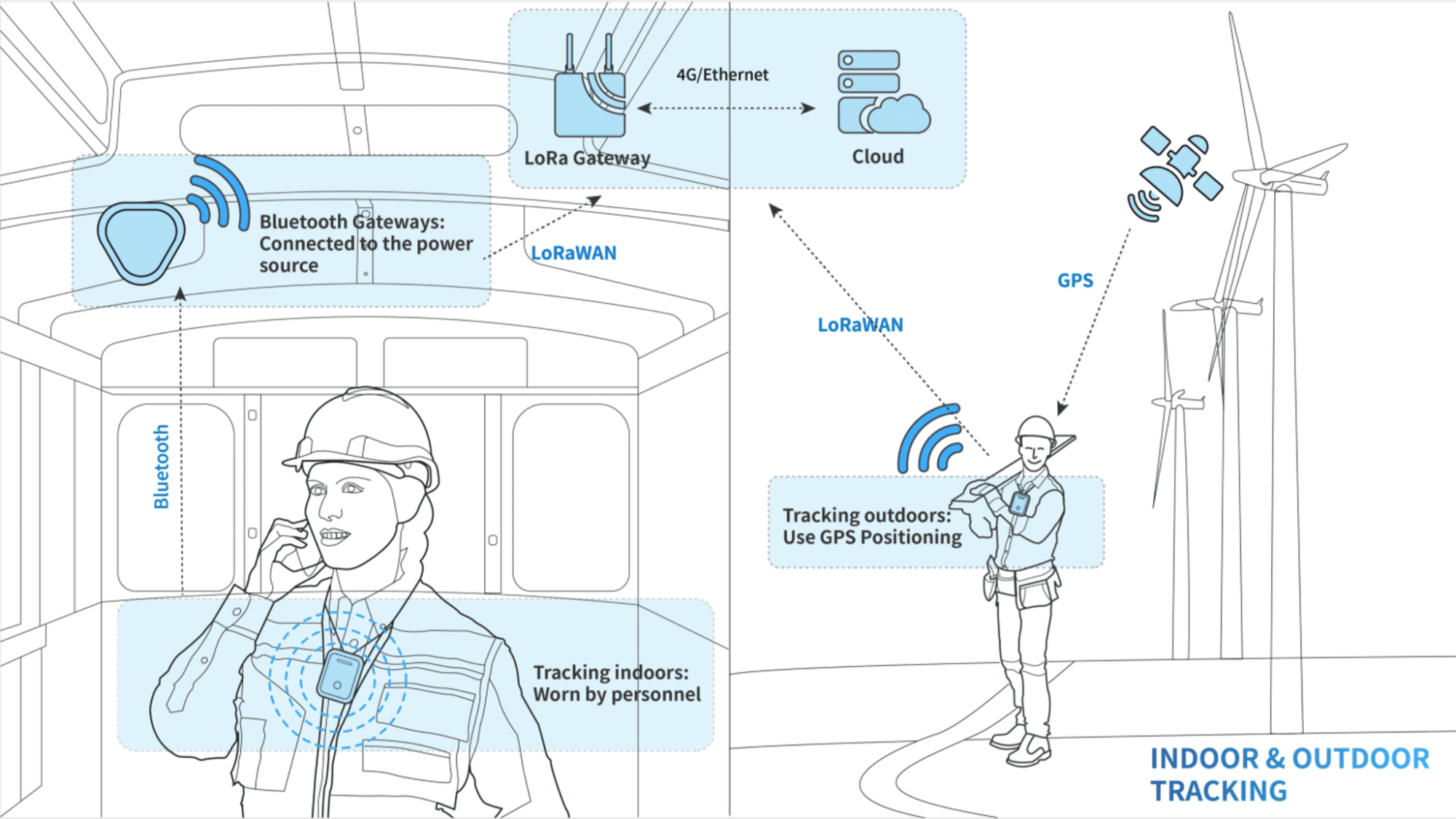
Our B-Mobile and B-Fixed solution focus on indoor tracking or Bluetooth tracking. The indoor area is usually limited, so deploying beacons or Bluetooth gateways to cover the whole area, factory, warehouse or campus is possible. Sometimes it is also possible to use Bluetooth tracker in outdoor areas because it consumes less power than GNSS. Outdoor tracking with GNSS is used for large-area tracking applications. And GNSS is the mostly command used outdoor tracking technology. Most people are familiar with GPS. GNSS is a general term that includes GPS, Galileo, Glonass, Beidou, .etc. We can also use time of light or signal strength (RSSI) between a tracker and base stations to calculate the position, but we will mainly focus on GNSS tracking here. For most information on tracking technology, please refer to our “Introduction to the Basic Principles of Positioning Technology” whitepaper.
Our trackers use GPS, Glonass, and Beidou multi-system joint positioning to achieve faster and more accurate positioning. This reduces the Time to First Fix (TTFF) and the battery consumption. Our tracker still function if one or two positioning systems do not work. Alternatively, you can choose to use only one of them, but this will increase the TTFF. For example, using GPS only takes ~10s more than the multi-system joint positioning.
The TTFF ranges from 30 to 120 seconds (~28mA tracker power consumption during GNSS positioning) and then we store the ephemeris data, which will still be valid for the next 4 hours. Storing the ephemeris data requires a little more power (8 µA) than not storing it, but it allows us to get TTFF faster with a warm start.
A Lansitec tracker switches on Bluetooth receiving for 3 seconds when it is time to report its location. It uses Bluetooth tracking if it detects any positioning beacons nearby, or it uses GNSS tracking if not. Then it sends the coordinates and stores the ephemeris data, unless the positioning interval is longer than 4 hours. If it fails to find enough satellites for positioning, it sends zero coordinates. This usually happens when the tracker is under a roof that blocks the signal. In this case, you may want to check if there are any beacons close to the tracker and if there is a roof above it.
Lansitec indoor and outdoor tracking solution balances battery life and GNSS positioning. You can use our badge tracker, container tracker, and helmet sensor for:
- Vehicle and asset tracking, indoor and outdoor tracking in warehouses, airports, factories
- Chemical factory: Worker tracking with badge or helmet trackerOpen area people tracking: a construction site
- Offshore worker tracking
- Security check
Data Flow
01
This solution uses Bluetooth for
indoor positioning and GNSS for outdoor tracking.
02
The tracker turns on GNSS when no specific Bluetooth beacon can be received.
03
The LoRaWAN or NB-IoT&CAT-M tracker can track people or an asset in a confined space, i.3. a cabin, metal container, or a house

